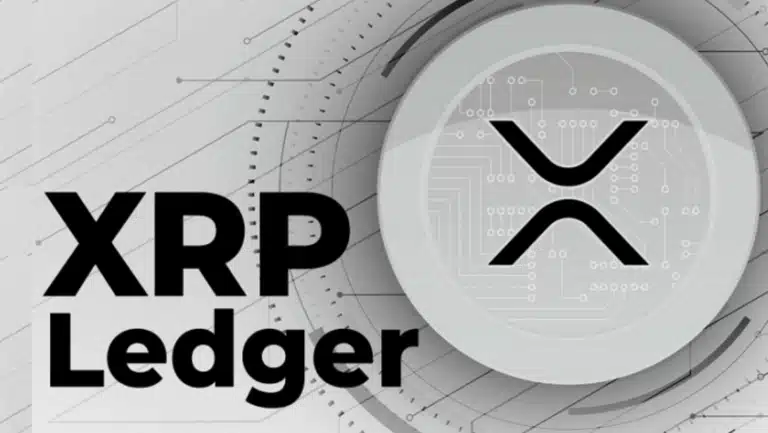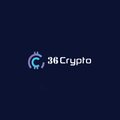Ripple’s XRP Ledger Supports Singapore’s Drive for Regulated Tokenisation
0
0

- Ripple’s XRP Ledger enhances compliance for Singapore’s tokenisation initiatives.
- Singapore advances from blockchain pilots to large-scale asset tokenisation.
- Regulated stablecoins and XRPL drive faster, transparent cross-border transactions.
Singapore is advancing its position as a leader in digital asset innovation by accelerating the shift from pilot blockchain projects to wider implementation. Progressive regulation, institutional participation, and initiatives such as Project Guardian and the Global Layer One (GL1) programme are driving this growth.
In 2024, HSBC and Euroclear joined GL1 along with JP Morgan and Citi, strengthening the movement to build public permissioned blockchain infrastructure to support tokenised assets.
The most recent step, planned for 2025, is the Project Guardian Fixed Income workstream headed by the International Capital Market Association. This workstream aims to bring tokenisation to debt capital markets.
Also Read: Shiba Inu Whale Transfers Surge Without Price Crash
XRP Ledger’s Role in Institutional-Grade Tokenisation
Public blockchains are central to Singapore’s tokenisation strategy, offering greater liquidity, continuous settlement, and broad market access. The XRP Ledger (XRPL) developed by Ripple is mentioned as compliance-enhancing, with features such as counterparty verification, the possibility of reversing fraud, and secure digital identity support. These features make XRPL suitable for regulated environments and fit the Anti-Money Laundering standards.
XRPL allows the tokenisation of an extensive variety of assets, including real estate, commodities, and stablecoins, by enabling institutions to fulfil compliance requirements through the use of decentralised infrastructure. It can also be used in institutional processes to fill the gap between conventional finance and blockchain-driven markets.
Tokenised Asset Adoption Expands in Singapore
Singapore is already witnessing practical applications of tokenisation. Franklin Templeton has launched a tokenised money market fund approved by the Monetary Authority of Singapore, which is open to all investors with a low minimum entry. In trade finance, a 2022 collaboration between Standard Chartered and MAS tokenised US$500 million in assets to address global funding gaps.
There is also the use of stablecoins, whereby, in 2023, MAS authorized three regulated issuers to enhance the speed and transparency of the foreign exchange market. These trends provide a base on which real-time, lower-cost cross-border transactions can be offered.
One of the blockchain platforms that has been rising to the challenges of compliance and interoperability in tokenised finance is Ripple’s XRP Ledger.
Aligning with Singapore’s regulatory framework and institutional requirements strengthens the city-state’s ambition to become a global hub for regulated, blockchain-based financial markets.
Also Read: Ripple CTO Says Blockchain Adoption Expands as XRPL Maintains 13-Year Lead
The post Ripple’s XRP Ledger Supports Singapore’s Drive for Regulated Tokenisation appeared first on 36Crypto.
0
0
 Manage all your crypto, NFT and DeFi from one place
Manage all your crypto, NFT and DeFi from one placeSecurely connect the portfolio you’re using to start.





